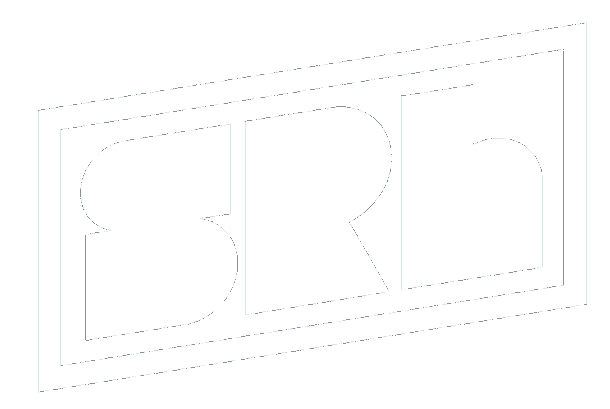The right campaign can turn everything around — the Cadbury Case Study
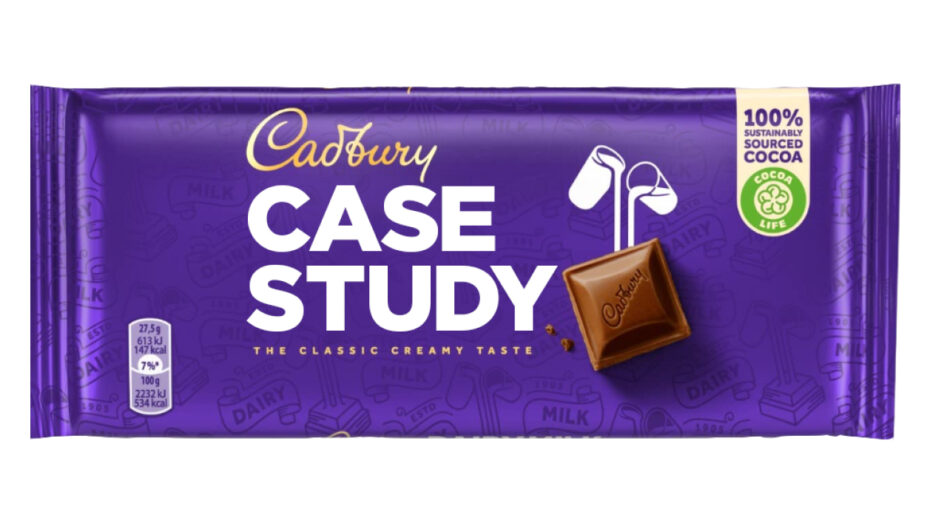
Over the past few months, we’ve been exploring the principles of empirical marketing and marketing effectiveness. Over the next few weeks, we’ll see them in action.
Time for a case study!
We’re taking a deep dive into one of the most brilliant and effective campaigns you’ve probably never heard of.
This is the story of what happens when a brand does everything exactly right after losing their way for so long.
Back in 2017, UK brand Cadbury Dairy Milk was in trouble.
Even though they were still the category leader, sales were flat, and they were losing mental availability, profit and market share.
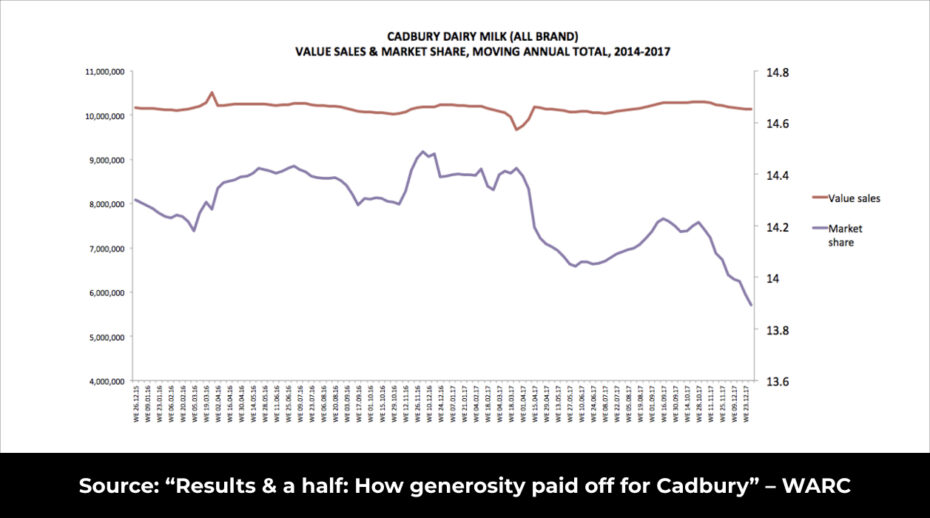
It had been 10 years since they launched their “A glass and a half of joy” campaign with their famous “Gorilla” commercial.
(In case you haven’t seen the ad, it’s someone in a gorilla suit drumming along to “In the Air Tonight" by Phil Collins. It lowkey rules.)

It’s not perfect, but it’s a pretty good ad. It’s attention-grabbing, funny, weirdly joyful … and very different from anything else out there at the time.
“Gorilla” personifies (gorillifies?) the feeling of eating a Cadbury Dairy Milk Bar. There’s no product, no “bite and smile” moment. It’s all vibes.
People loved it. It was effective in the short term. Unfortunately, Cadbury could not replicate its success, nor were they able to build on it.
And they were having other problems …
Cadbury was playing in the “joy” space, but so was everyone else. Candy ads tend to be bright, fun and cartoony, and Cadbury was no different. It’s hard to stand out when you look like everyone else.
They were relying on new product development to drive sales, which is expensive, time consuming and ultimately unsustainable. And they weren’t really doing any long-term brand building.
Kraft (now Mondelēz International) had acquired Cadbury through a long and bitter hostile takeover. People were deeply unhappy that an American company now owned a beloved, uniquely British brand.
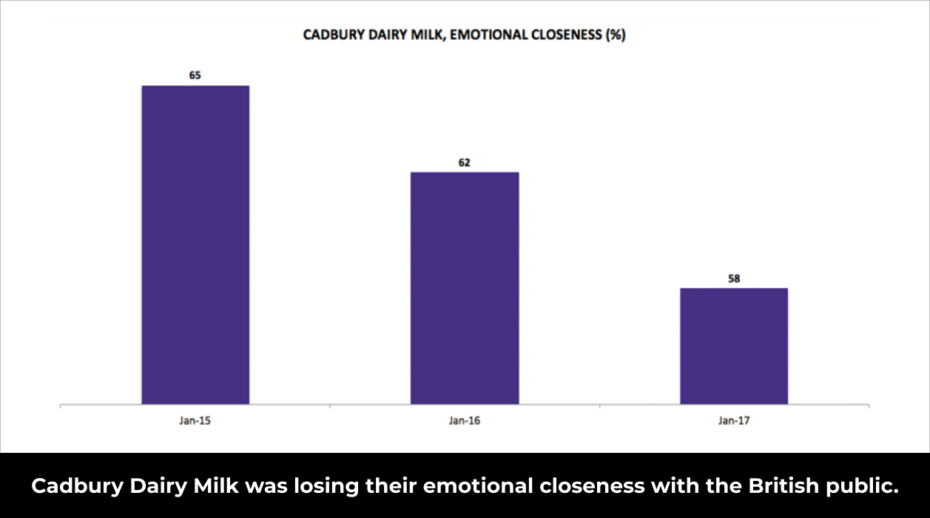
To make matters a bit more complicated, new rules limited what the makers of high fat, sugar and salt (HFSS) foods could say on their packaging … and how and when they could advertise.
Cadbury had to do something. And they had to do the right something.
So they went back to the beginning and sifted through 200 years of Cadbury history in search of a new idea.
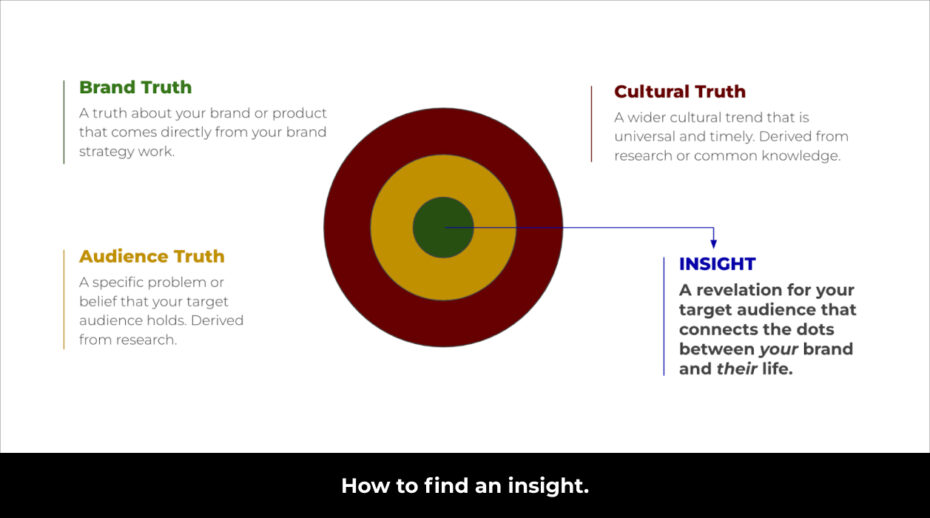
Here’s what they found:
A brand truth — founded and led for generations by devout Quakers, Cadbury had always been a company with a remarkable generosity of spirit.
An audience truth — ordinary people perform small but meaningful acts of generosity every single day.
A cultural truth — even though there is uncertainty, fear and division in the broader culture, there is plenty of room for authentic, personal acts of generosity.
The insight they landed on was pretty profound — everyone has an instinct for generosity. That became “There’s a glass and a half in everyone.”
Not only was this a new brand position, it was a new brand purpose … a meaningful one that Cadbury could genuinely own. It inspired a wonderful category entry point — moments of generosity.
The result was a wildly effective creative campaign that broke from category conventions and reversed a decade of declining market share.
We’ll explore that next time.
See you then.
Sources!
